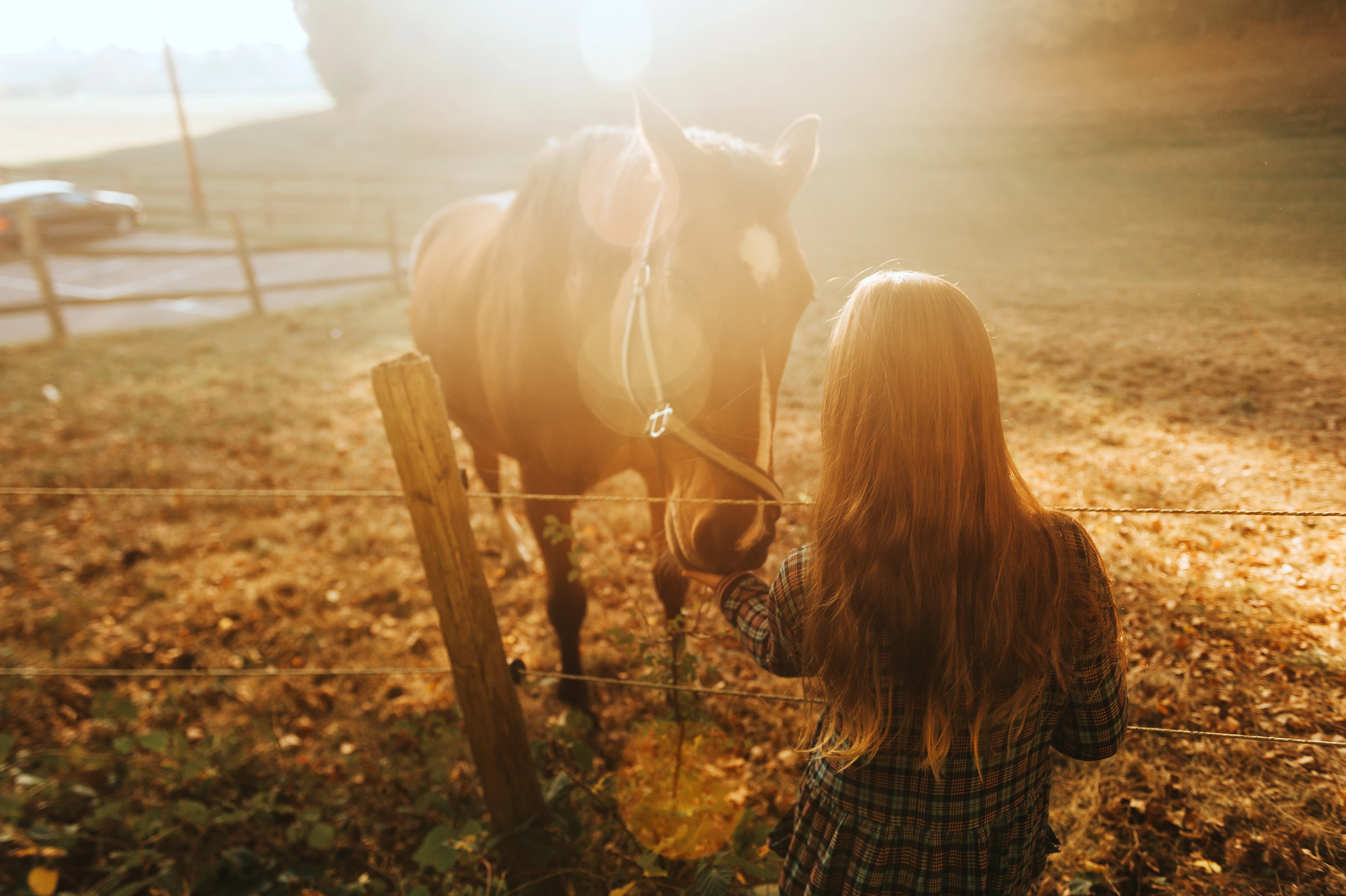Idaho Youth Ranch
Subscribe to our blog
Equine-Assisted Growth and Learning Association (EAGALA) therapy is a unique, experiential treatment that employs horses—prey animals ruled by fear—to help adolescents cope with mental health issues, including anxiety. The principles and insights from EAGALA therapy, and the understanding of equine anxiety, can provide valuable lessons for office-based counselors working with anxious teens. In this article, we will explore how the techniques of EAGALA therapy can be applied to traditional therapeutic settings, enhancing the effectiveness of anxiety treatment for adolescents by learning from prey animals.
Understanding Fear Responses in Horses and Humans
Horses, as prey animals, have evolved to react instantly to potential threats, exhibiting flight, fight, or freeze behaviors. This makes them excellent models for understanding human anxiety. Key takeaways for office-based therapists include:
-
Anticipate anxiety triggers: Identify events or situations that may provoke fear in clients.
-
Recognize early signs of anxiety: Pay attention to physical and emotional cues that may indicate an impending fear response.
-
Offer direct guidance and support: Clearly outline the steps clients can take to manage their anxiety in various situations.
Promoting Calmness and Predictability
A crucial aspect of EGALA therapy is maintaining a calm and consistent demeanor, which helps horses learn to respond similarly to potentially fear-inducing events. This approach can also be effective in human anxiety treatment:
-
Model calm behavior: Exhibit calmness and composure when working with anxious clients, demonstrating that it is possible to respond differently to fear-provoking situations.
-
Encourage predictability: Develop a consistent therapeutic framework, providing clients with a sense of control and stability in the face of anxiety.
-
Reward calmness: Acknowledge and reinforce clients’ efforts to remain calm in challenging situations, supporting their progress toward anxiety management.
Overreactions to Hazards in the Environment: A Parallel Between Horses and Teen Anxiety
Similar to horses reacting to potential threats in their environment, teens with anxiety often exhibit overreactions to perceived hazards. This parallel provides insight into treating teen anxiety:
-
Identify overreactions: Help clients recognize when their reactions to situations are disproportionate to the actual threat.
-
Normalize fear responses: Acknowledge that fear responses are natural but can be managed and regulated with practice and support.
-
Develop coping strategies: Work with clients to create personalized coping mechanisms to address their overreactions and better manage their anxiety.
By understanding the fear responses and coping mechanisms of prey animals like horses in EGALA therapy, office-based counselors can apply these principles to more effectively treat teen anxiety. The parallels between equine and human anxiety offer valuable insights into creating a supportive, empathetic, and successful therapeutic environment.




%2c%20equips%20individuals%20with%20skills%20to%20navigate%20relationships%20and%20social%20situations%20effectively.jpg)
Leave a Comment